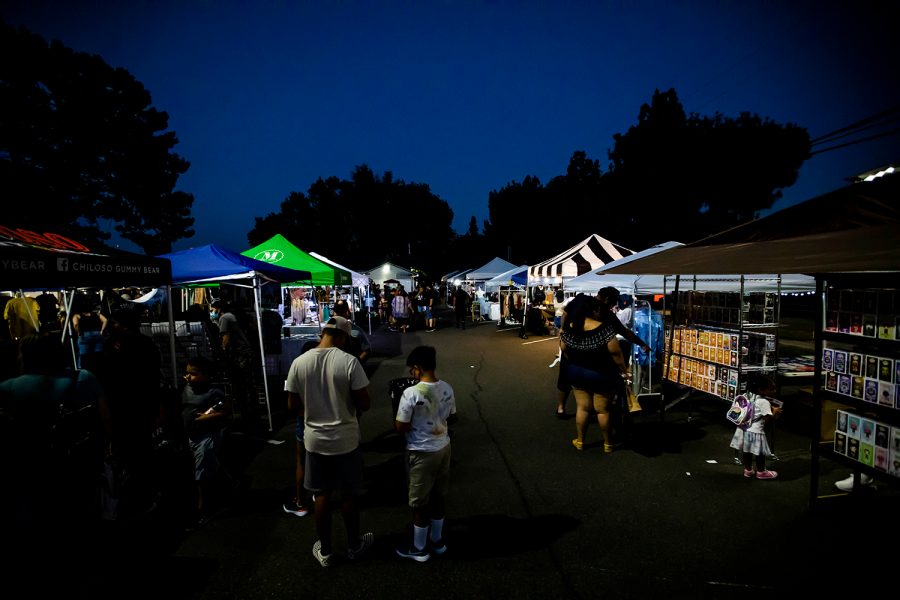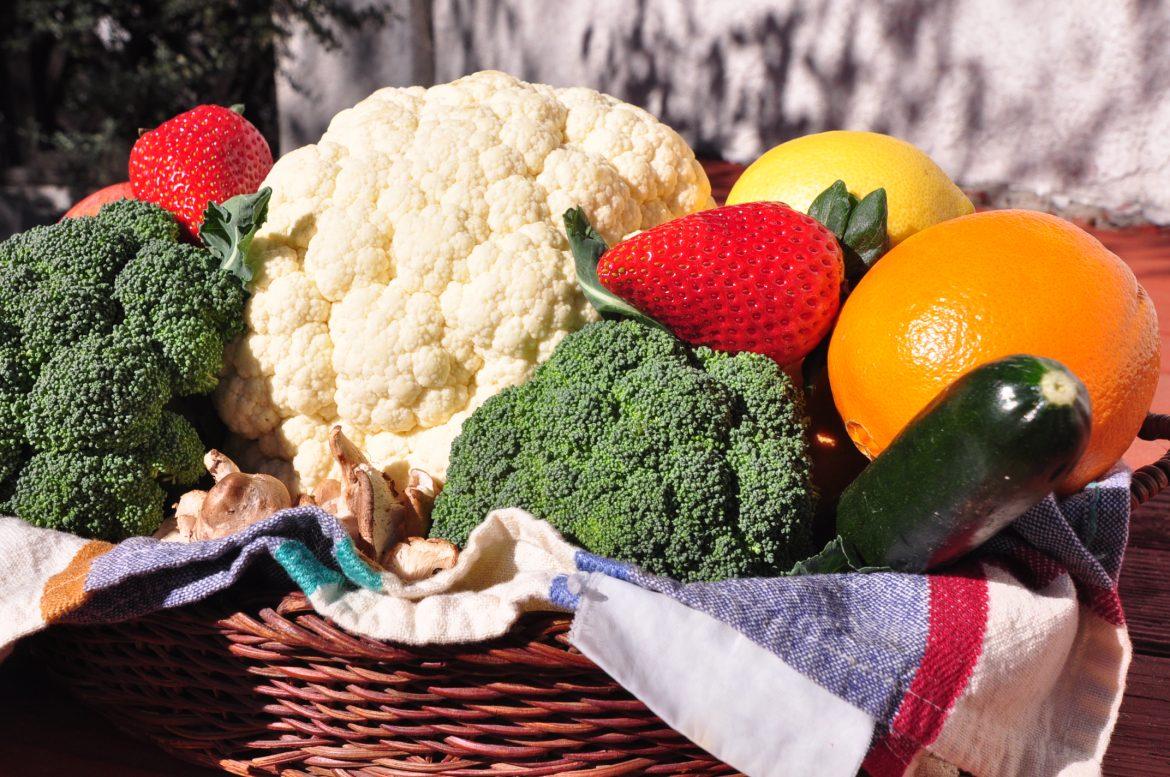If you’re like most shoppers, picking out ripe produce is typically a game of chance. As you awkwardly smell the outside of oranges and rap the side of a honeydew melon, it dawns on you that you have no clue what you’re doing. Just exercising some random tip you heard once in passing, on television or in the latest edition of Better Homes and Gardens. Next time you’re purchasing produce at a farmers market, here’s a few helpful ways to discern ripe from wrong.
Avocados- The “squishing gently for ripeness” technique generally applies with avocados, since they’re typically either rock hard or mush. However, in the event you find yourself unsure of its ripeness, try plucking off the small stem nub (assuming it’s still attached). If it falls off too easily, it’s overripe. If it remains intact, odds are it only needs a day or two to achieve the ideal ripeness.
Pineapple- A dead giveaway for determining a pineapple’s ripeness is its smell. If you can smell the damn thing from two stalls over, it’s probably past it’s prime. That said, look for a pineapple with even coloring that emits a slightly sour scent, while not being overly sweet. You can also tug on one of the inner fronds- if it breaks clean, you’re in business.
Lettuce- Leafy greens don’t necessarily have a ripeness meter. Rather, make an informed decision based on the leaves’ texture, appearance and cleanliness. Avoid greens that have obviously been munched on by garden pests and greens that haven’t been pre-washed. Just because it’s organic doesn’t mean it should sacrifice proper health and sanitation standards.





